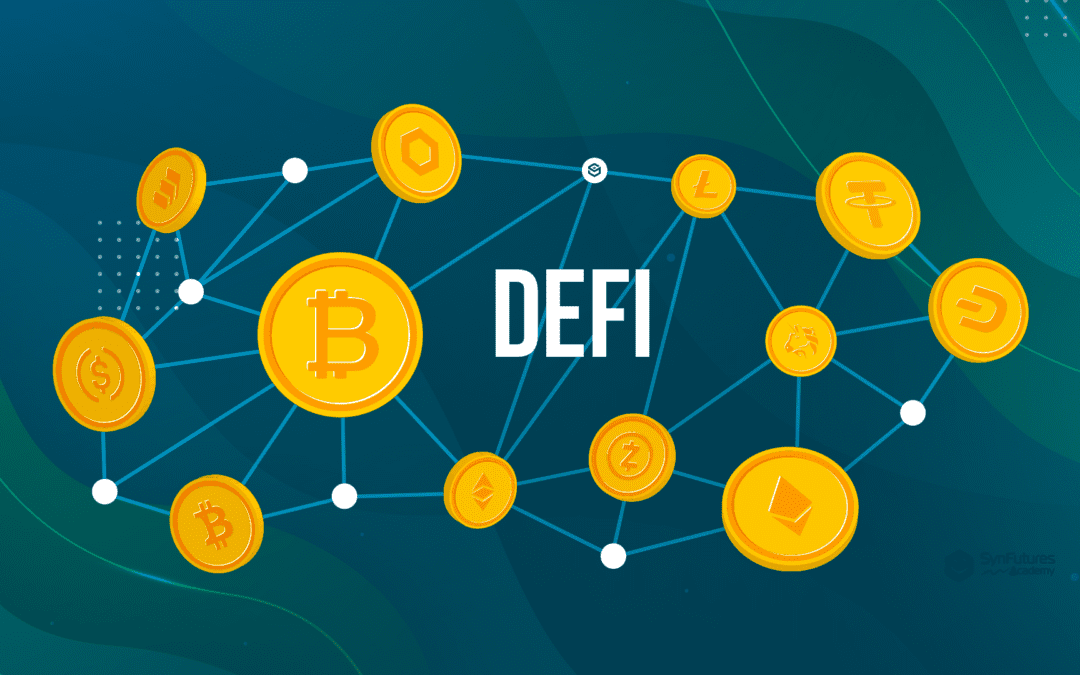In the fast-paced world of decentralized finance (DeFi), where innovation is constant and opportunities abound, liquidity stands as a cornerstone of success. But what exactly is liquidity, and why does it hold such importance in the realm of DeFi? Let’s dive into this vital aspect of decentralized finance to uncover its significance and how it shapes the landscape of digital assets.
Understanding Liquidity
Liquidity refers to the ease with which an asset can be bought or sold in the market without significantly impacting its price. In simpler terms, it’s the ability to quickly convert an asset into cash or another asset without causing a drastic change in its value. In traditional finance, assets like stocks and bonds are traded on highly liquid markets where there’s a constant flow of buyers and sellers.
Importance in DeFi
Now, let’s translate this concept into the world of DeFi. In decentralized finance, liquidity plays a crucial role in ensuring the smooth functioning of platforms and protocols. Here’s why liquidity is so important in DeFi:
Efficient Trading
Liquidity ensures that users can buy and sell assets without experiencing significant price slippage. This is especially important in DeFi where transactions occur directly between users without the need for intermediaries like exchanges. High liquidity means better price efficiency and reduced trading costs for participants.
Lending and Borrowing
DeFi platforms often rely on liquidity pools to facilitate lending and borrowing activities. These pools contain assets supplied by users who earn interest on their deposits. Without sufficient liquidity, lending platforms would struggle to match borrowers with lenders, hindering the growth of decentralized lending markets.
Token Utility
Liquidity is essential for the utility of tokens within DeFi ecosystems. Tokens with high liquidity are more desirable as they can be easily exchanged for other assets or used as collateral in various protocols. This liquidity also enhances the overall stability and value proposition of these tokens.
Protocol Stability
Liquidity provides stability to DeFi protocols, reducing the risk of market manipulation and price volatility. Protocols with deep liquidity pools are less susceptible to sudden price swings caused by large buy or sell orders, thus fostering trust and confidence among users.
Innovation and Growth
A vibrant DeFi ecosystem relies on liquidity to support innovation and new product development. Projects with access to liquidity can iterate and experiment more freely, driving the evolution of decentralized finance and expanding its reach to new markets and use cases.
Conclusion
In conclusion, liquidity is not just a buzzword in the world of DeFi; it’s a fundamental building block that underpins the entire ecosystem. From enabling efficient trading and lending to enhancing token utility and protocol stability, liquidity plays a central role in driving the growth and adoption of decentralized finance. As the DeFi landscape continues to evolve, maintaining adequate liquidity will remain a key priority for developers, investors, and users alike, ensuring the long-term sustainability and success of decentralized finance.

